15 Off-The-Radar Mayan Sites Near Chichén Itzá Worth Exploring
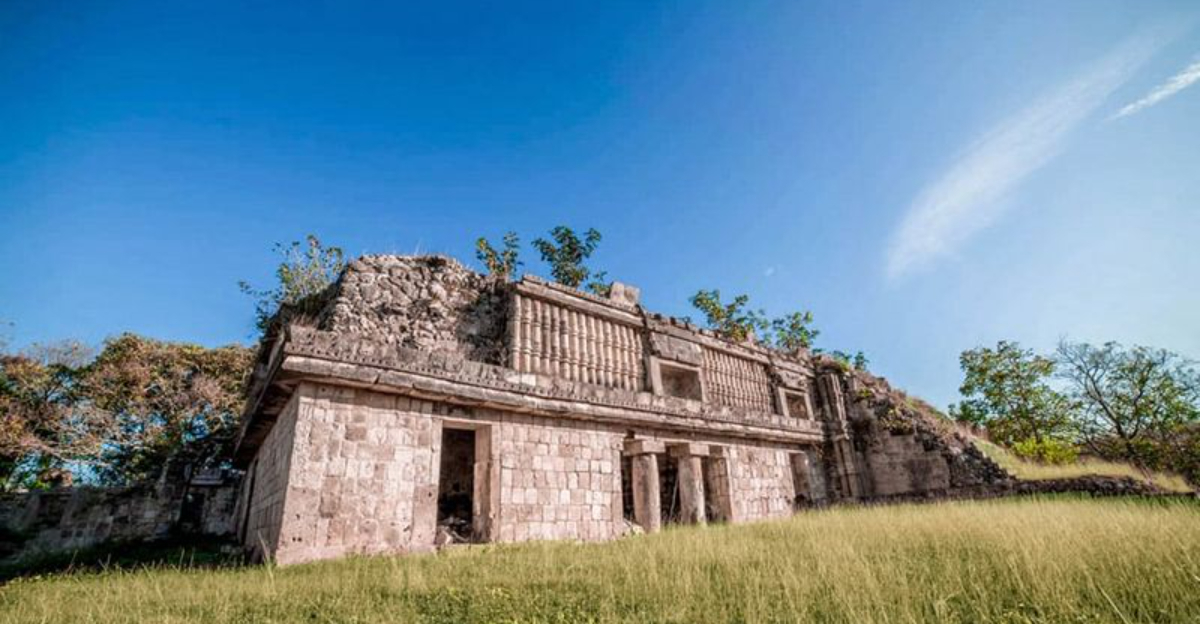
While Chichén Itzá gets all the spotlight, it’s just the tip of the pyramid when it comes to Mayan wonders in the Yucatán.
Scattered across the region are hidden ruins—quiet, mysterious, and rich in history—that let you connect more intimately with this ancient civilization.
If you’ve ever dreamed of exploring crumbling temples and jungle-covered pyramids with just the sound of birds for company, these off-the-radar sites are calling your name.
1. Ek Balam: The Mysterious Jaguar Kingdom
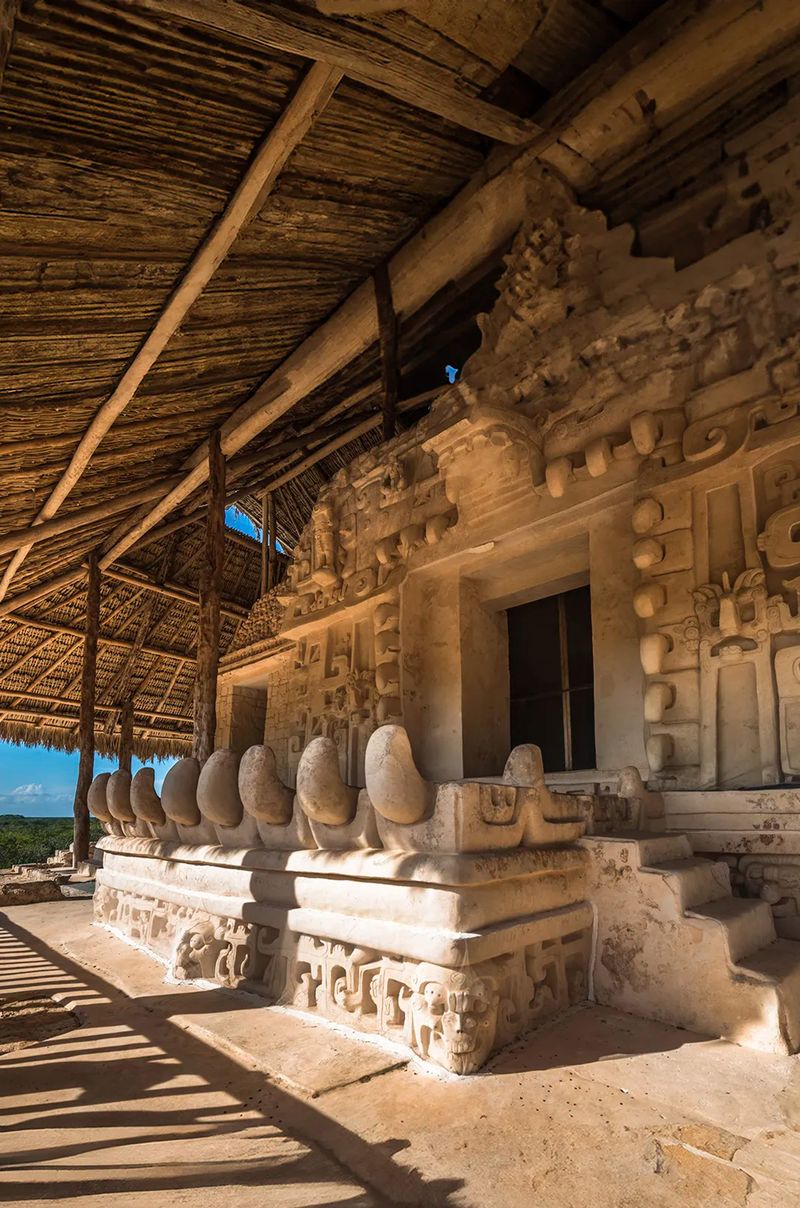
Hidden beneath jungle canopy for centuries, Ek Balam features one of the most impressive tomb structures in the Mayan world. The main acropolis rises 100 feet above the forest floor, adorned with remarkably preserved stucco figures and hieroglyphics that still retain their original white coloration.
What makes this site truly special is the rare opportunity to still climb many of its structures, including the massive acropolis with its jaw-dropping views across the jungle. The name translates to “Black Jaguar,” reflecting the site’s connection to powerful animal spirits.
Unlike crowded Chichén Itzá, you might find yourself alone among these ancient stones, free to imagine life in this once-thriving city of 15,000 inhabitants.
2. Mayapán: The Last Mayan Capital
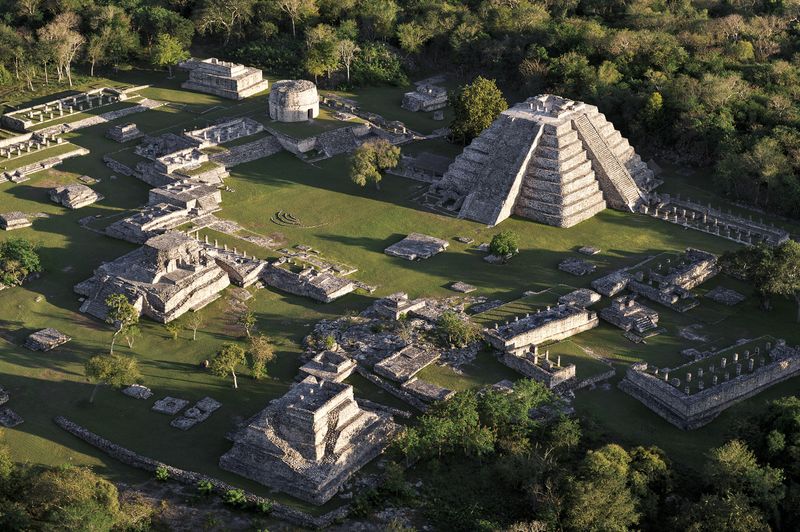
Wandering through Mayapán feels like stepping into a miniature version of Chichén Itzá without the crowds. This walled city served as the political and cultural capital of the Maya from the 1220s until the 1440s, after Chichén Itzá’s decline.
Roughly 4,000 structures crowd within the city walls, including a smaller replica of El Castillo pyramid. The site’s compact nature means you can explore most major buildings in a few hours, making it perfect for history buffs with limited time.
Archaeologists have uncovered evidence of human sacrifice and elaborate burial practices here, telling a complex story of Mayan politics and religion during their final powerful era before Spanish arrival.
3. Yaxunah: The Village Where Past Meets Present

If you’re seeking an authentic experience where archaeology and living Maya culture intersect, Yaxunah delivers something truly special. This small site sits adjacent to a modern Maya village where residents maintain many traditional practices.
The archaeological zone features several pyramids, plazas, and a partially excavated ball court. What makes Yaxunah extraordinary is the ancient sacbe (raised limestone road) that once connected it directly to Chichén Itzá over 100 kilometers away. Local community members often serve as guides, sharing insights impossible to find in guidebooks.
Don’t miss the small community museum where artifacts discovered during excavations are displayed alongside contemporary Maya crafts.
4. Xlapak: The Tiny Jewel of the Puuc Route
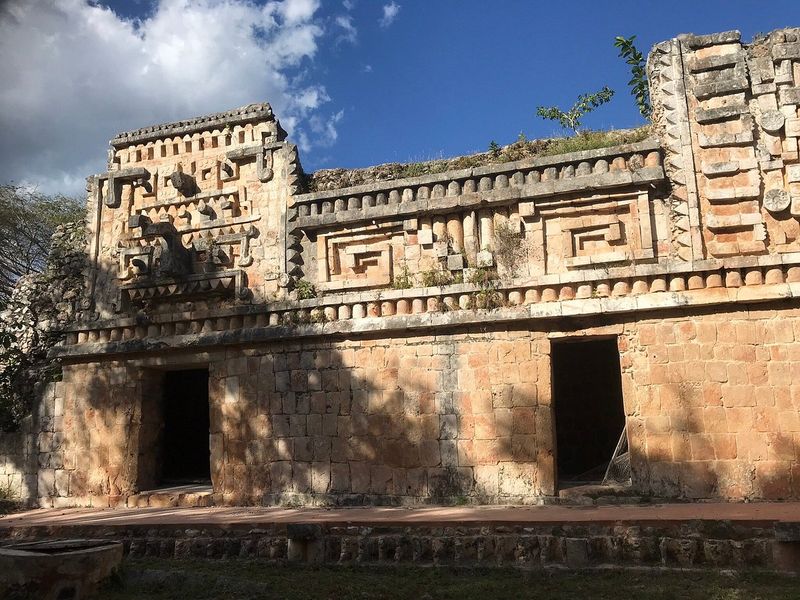
Tucked away along the Puuc Route, diminutive Xlapak might be easily overlooked, but this tiny site packs architectural wonders into its compact footprint. Though consisting of just a handful of structures, the main palace displays exquisite examples of the distinctive Puuc style with its geometric patterns and stone mosaics.
Masks of the rain god Chaac adorn the façade, their long noses jutting dramatically from the stonework. The site’s name translates roughly to “Old Walls,” an apt description for this partially collapsed but charming complex.
Because of its small size, tour buses rarely stop here, meaning you’ll likely have the entire site to yourself—perfect for photography enthusiasts seeking unobstructed shots of authentic Mayan architecture.
5. Labná: Home of the Famous Arch

Among archaeology enthusiasts, Labná’s graceful arch has achieved iconic status as one of the most photographed structures in the Puuc region. This ceremonial gateway once connected royal residential compounds and showcases the mathematical precision of Mayan architects.
Beyond the arch, you’ll discover an impressive two-story palace stretching over 120 meters in length. Its elaborate façade features intricate stone mosaics of huts, lattices, and the ever-present rain god Chaac masks watching over visitors.
Look for the unusual “El Mirador” temple with its comb-like roof crest perched atop a pyramid. Despite its architectural significance, Labná remains blissfully uncrowded, allowing visitors to absorb its beauty in tranquil contemplation.
6. Sayil: The Place of the Ants

Rising from the forest floor, Sayil’s magnificent three-story Great Palace stretches nearly 100 meters long, creating one of the most impressive residential structures in the Mayan world. Columns designed to resemble bundled reeds support graceful terraces where ancient nobility once conducted affairs of state.
The site’s name means “Place of the Ants” in Mayan, perhaps referencing the countless workers who labored to construct this elaborate complex. Unlike many Mayan sites, Sayil lacks a dominant pyramid, instead focusing on horizontal palatial architecture that showcases the wealth and sophistication of its rulers.
Hikers will appreciate the well-maintained trails connecting various building groups through the pleasant forest, offering glimpses of colorful birds and butterflies between archaeological stops.
7. Kabah: Kingdom of the Rain God
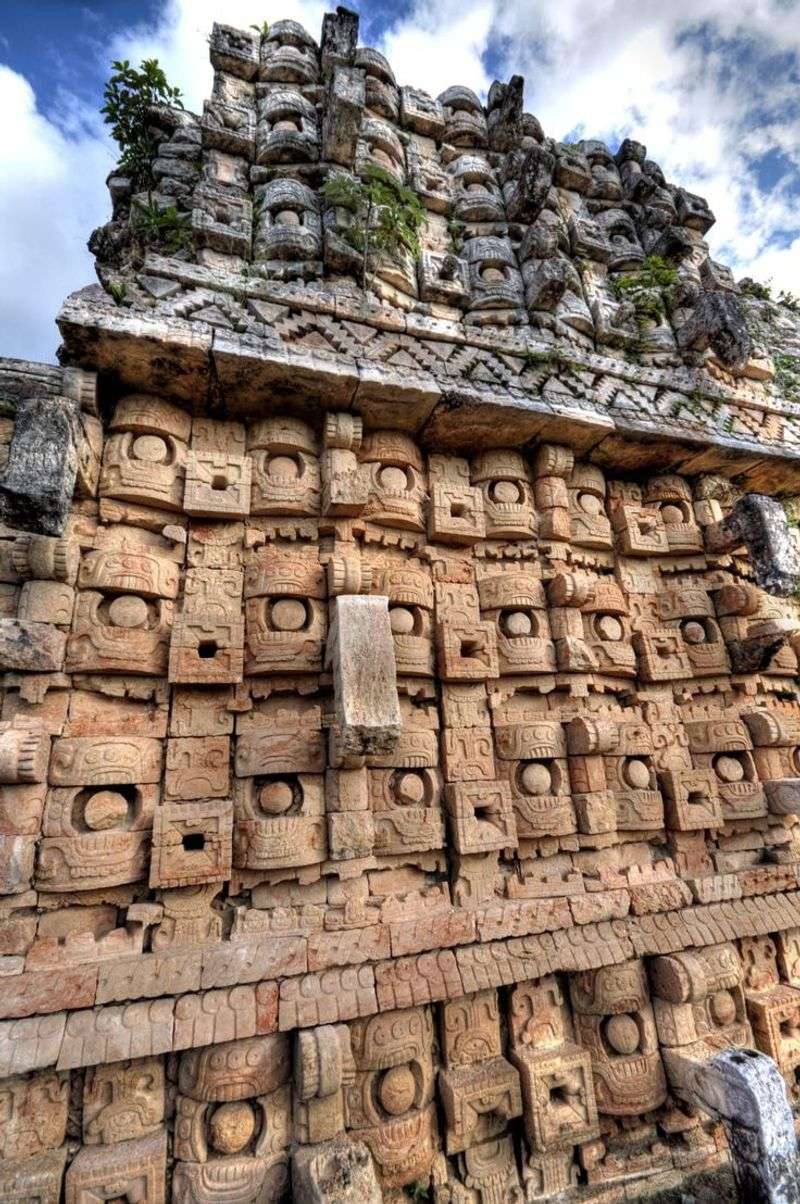
Approaching Kabah’s famous Codz Poop palace (“Rolled Mat” in Mayan) stops first-time visitors in their tracks. Nearly 250 stone masks of the long-nosed rain god Chaac create a mesmerizing façade unlike anything else in the Mayan world—a testament to the region’s perpetual struggle with drought.
Connected to nearby Uxmal by an ancient raised road (sacbe), Kabah served as an important regional center during the Late Classic period. The site features numerous other structures including pyramids, plazas, and a dramatic arch marking the sacbe’s starting point.
Early morning visits are rewarded with magical light conditions as the rising sun creates dramatic shadows across the hundreds of Chaac masks, bringing this ancient stone canvas to life.
8. Oxkintok: The Ancient Stone-Working City
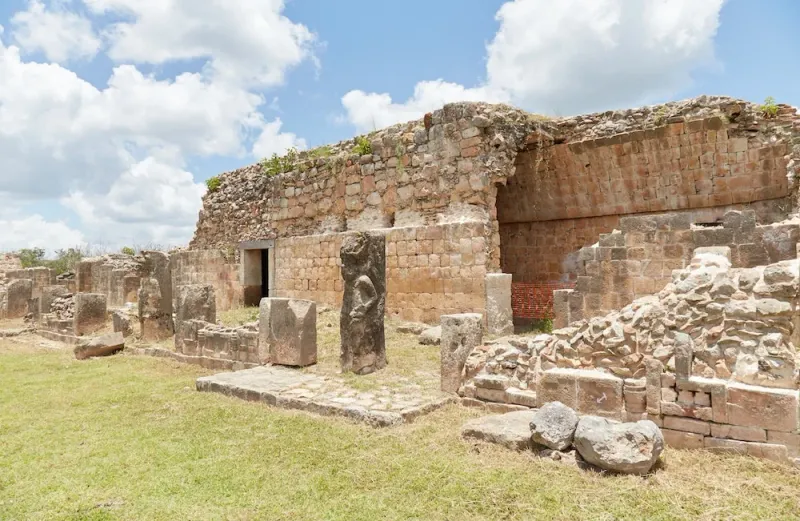
Venturing into Oxkintok takes you deep into one of the oldest continuously occupied Mayan cities, with structures dating back to 300 BCE. This ancient site is famous for its mysterious “Labyrinth” (Tzat Tun Tzat), a three-level building with narrow corridors, low ceilings, and confusing room arrangements that archaeologists still debate the purpose of.
Stone columns carved with anthropomorphic figures stand sentinel at various buildings, showcasing artistic styles that influenced later Mayan cities. The site’s name translates to “Three Sun Stone,” possibly referring to the three major architectural phases visible in its buildings.
Birdwatchers should bring binoculars, as the mature forest surrounding the partially cleared ruins attracts numerous Yucatan specialties including turquoise-browed motmots and social flycatchers.
9. Aké: Where Henequen History Meets Ancient Maya
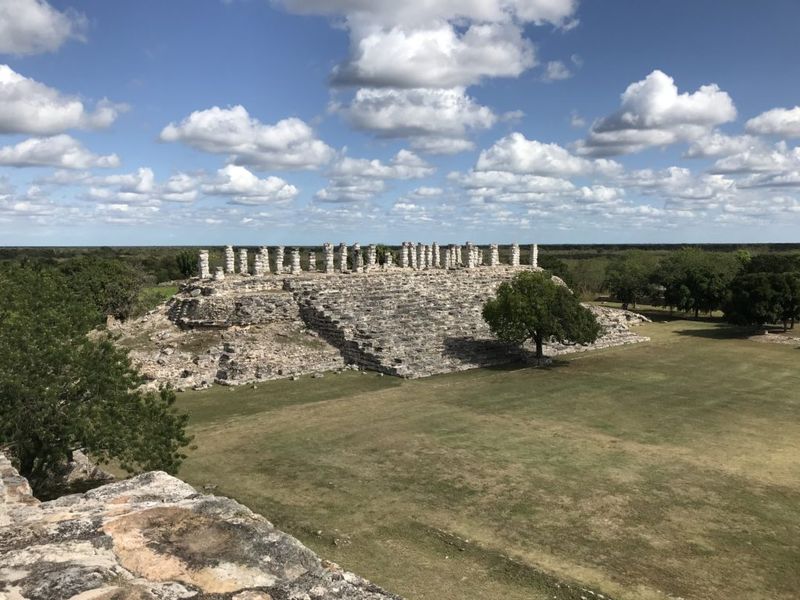
Aké offers a fascinating double feature: impressive Mayan ruins alongside a 19th-century henequen hacienda, telling the complete story of Yucatan’s past. The ancient section features massive stone platforms supporting structures with unusual rounded corners and stone columns that once supported wooden roof beams.
The site’s most distinctive feature is a structure with 36 stone columns arranged in rows, believed to have been a grand covered marketplace. Spanish conquistadors recognized Aké’s strategic importance, fighting a major battle here in 1542 that proved crucial to their conquest of the peninsula.
After exploring the ruins, you can tour the adjacent hacienda buildings where henequen (sisal) fiber was processed into rope that once supplied the world’s shipping industry, creating vast wealth for Yucatan’s hacienda owners.
10. Dzibilchaltún: City of Stone Writing

Home to the famous Temple of the Seven Dolls where sunlight perfectly aligns through doorways during equinoxes, Dzibilchaltún holds the distinction of having one of the longest occupation periods of any Mayan settlement. Archaeological evidence shows continuous habitation from 500 BCE until Spanish contact—over 2,000 years of history!
The on-site museum houses impressive artifacts including intricately carved stones and jewelry from elite tombs. During hot afternoons, visitors can cool off in the crystal-clear waters of Xlacah cenote (natural sinkhole) located in the center of the site—a rare opportunity to swim where ancient Maya once performed water rituals.
The site’s name means “Place Where There is Writing on Stones,” referring to the many hieroglyphic inscriptions discovered here that continue to provide insights into Mayan history and culture.
11. Kulubá: The Recently Uncovered Palace
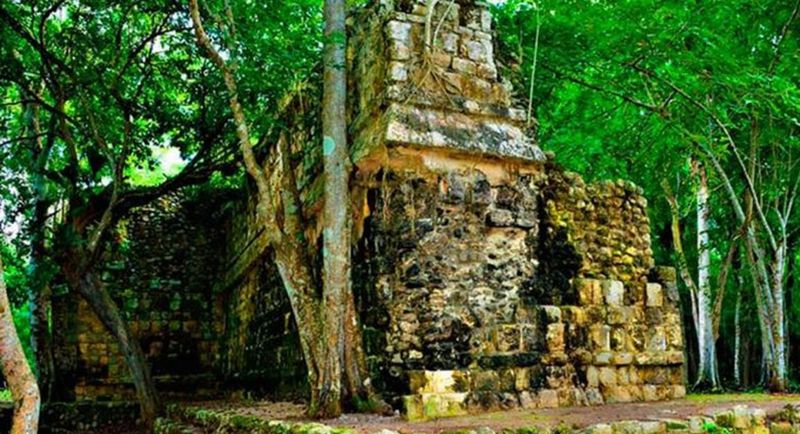
Archaeological headlines were made in 2019 when experts announced the discovery of a massive palace complex at Kulubá, demonstrating strong ties to distant Chichén Itzá. This relatively newly excavated site offers visitors the thrill of seeing archaeology in action as work continues to uncover structures hidden for centuries.
The main palace measures over 55 meters long, featuring multiple rooms where elite residents once conducted business and ceremonies. Archaeologists have discovered evidence suggesting Kulubá maintained strong political ties with Chichén Itzá during the Terminal Classic period, possibly serving as a regional administrative center.
Because excavation is ongoing, facilities remain basic and crowds nonexistent—perfect for travelers seeking authentic archaeological experiences away from gift shops and vendors.
12. Chacmultún: The Red Stone Buildings

Named for its distinctive red-colored limestone buildings, Chacmultún stands out for both its unusual pigmentation and remote location in the Puuc hills. The natural pink and red hues of the local stone give the site an otherworldly glow, especially during late afternoon when sunlight intensifies the coloration.
Four major groups of buildings comprise the site, connected by ancient sacbeob (white roads). The Cabalpak group features a temple adorned with well-preserved stucco decorations and unusual roof combs rarely seen at other sites. Spectacular murals discovered inside some chambers depict elaborate scenes from daily life and religious ceremonies, providing rare colorful glimpses into Mayan aesthetics.
The site’s remote location means you’ll likely share this chromatic wonder with only birds, butterflies, and perhaps a few iguanas sunning on ancient stones.
13. Uxmal’s Hidden Corners: Beyond the Famous Structures
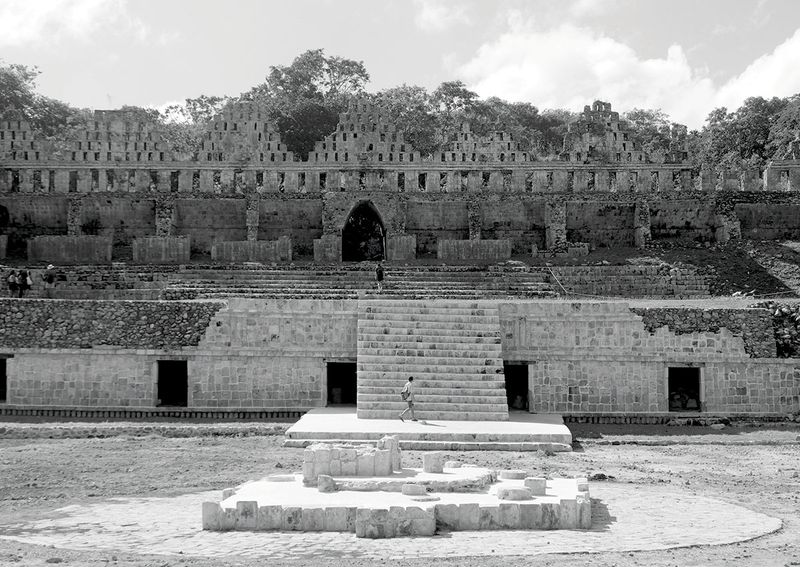
While Uxmal ranks among the Yucatan’s most visited sites, few travelers venture beyond the central Governor’s Palace and Magician’s Pyramid. The sprawling archaeological zone contains numerous lesser-known groups like the fascinating Cemetery Group with its skull-adorned platforms and the North Group with its multiple courtyards.
Climbing the Great Pyramid rewards adventurous visitors with panoramic views and access to rarely photographed temples atop the massive structure. Early mornings often find these peripheral areas completely deserted, offering contemplative moments among ancient stones impossible to experience at the main structures.
Dedicated explorers should seek out the rarely visited South Group with its unusual rounded structures and the distant Dovecote Group with its remarkably preserved comb-like roof ornaments that have survived centuries of tropical weather.
14. Xcalumkín: The Mystery of the Scribes
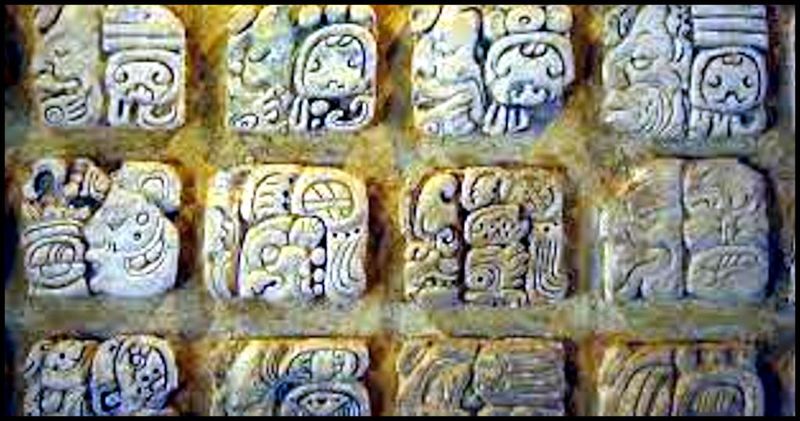
Among Mayan scholars, Xcalumkín holds special significance for its extraordinary concentration of hieroglyphic inscriptions mentioning scribes and artists by name. This unusual focus on the creators rather than rulers provides rare insights into the social status of ancient Maya intellectuals.
The Palace of the Glyphs features one of the most text-heavy facades in the Mayan world, with inscriptions covering architectural elements that would typically display geometric designs at other sites. Despite its archaeological importance, the remote location keeps visitor numbers extremely low.
Architectural highlights include the Temple of the Hieroglyphic Jambs and the Initial Series Building with its precisely carved astronomical calculations. For visitors interested in Mayan writing systems, this site offers unparalleled examples of Classic period calligraphy carved in stone.
15. Izamal: The Yellow City of Three Cultures
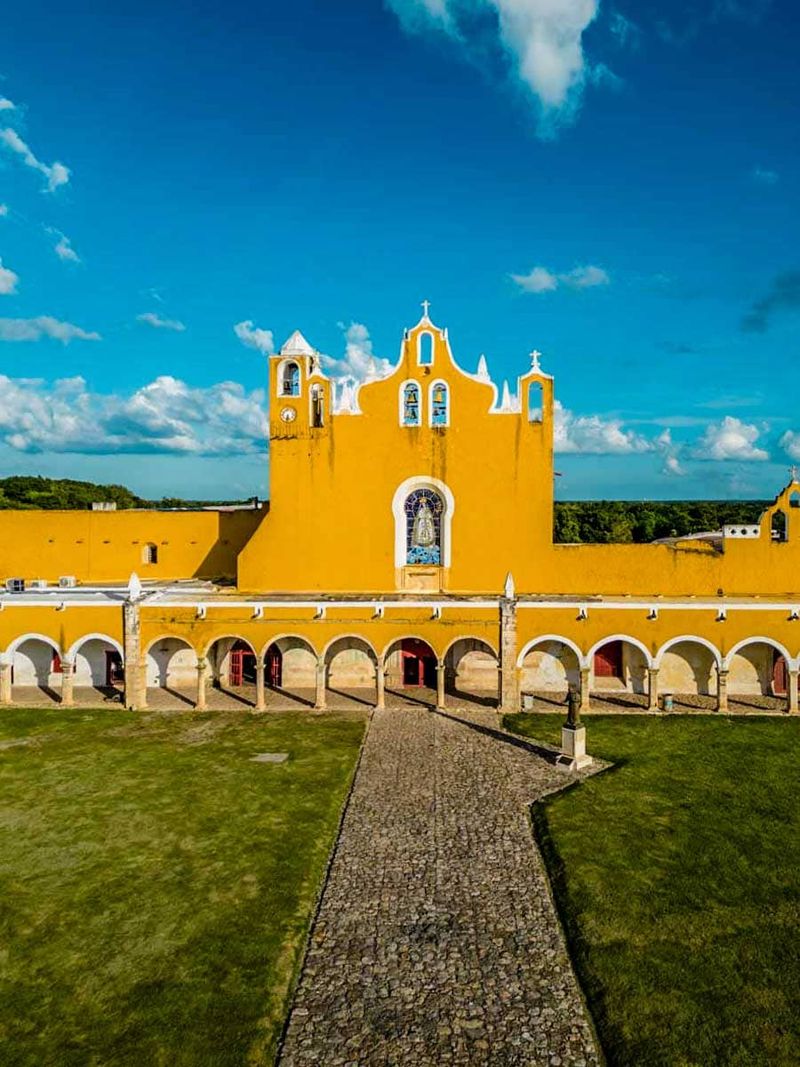
Technically not “hidden” but often overlooked by Chichén Itzá visitors, Izamal represents something truly unique: a living city where Mayan, Spanish colonial, and contemporary cultures visibly overlap. Massive Mayan pyramids rise from the center of the bright yellow colonial town, including Kinich Kakmó pyramid which covers over 200,000 square feet at its base.
The Spanish built one of Mexico’s most important early monasteries directly atop a major Mayan acropolis, using stones from the ancient structures. Pope John Paul II’s visit in 1993 is commemorated in the monastery’s central courtyard, adding another layer to the town’s religious significance.
Horse-drawn carriages offer charming tours around the yellow-painted colonial center where modern Maya descendants continue ancient traditions while embracing contemporary life.
